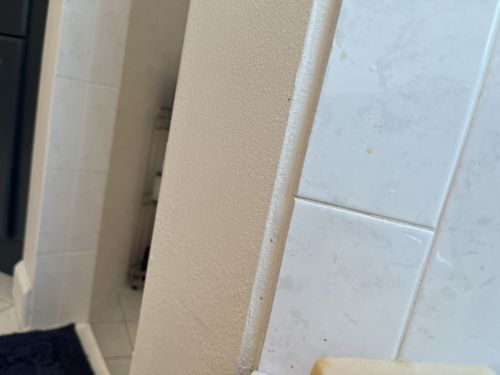Mold Mites / Psocids (Booklice)
Scientific Name: Generally family Psocidae (Booklice) or various mite species (Mold Mites)
Order & Family: Psocoptera (Booklice), Acari (Mites)
Size: 0.5 mm - 2.0 mm

Natural Habitat
Damp, humid environments with mold growth, often found in bathrooms, kitchens, basements, and around leaky pipes. They feed on microscopic mold and fungi.
Diet & Feeding
Fungi, mold, algae, starch, microscopic organic debris, and occasionally other small insect eggs.
Behavior Patterns
These are small, often pale-bodied insects or arachnids that thrive in high humidity. They are typically found in sheltered, dark places. They are not known to bite humans or animals. Booklice are wingless or have vestigial wings and are fast-moving, while mold mites are tiny, globular, and move more slowly.
Risks & Benefits
Generally harmless to humans. They do not transmit diseases. However, their presence can indicate a moisture problem in a home, which can lead to mold growth that can be detrimental to human health (allergies, respiratory issues). Large infestations can contaminate food products or museum collections. They can be considered beneficial in some ecosystems for breaking down decaying organic matter, but as household pests, they are a nuisance and a sign of excess moisture.
Identified on: 10/4/2025